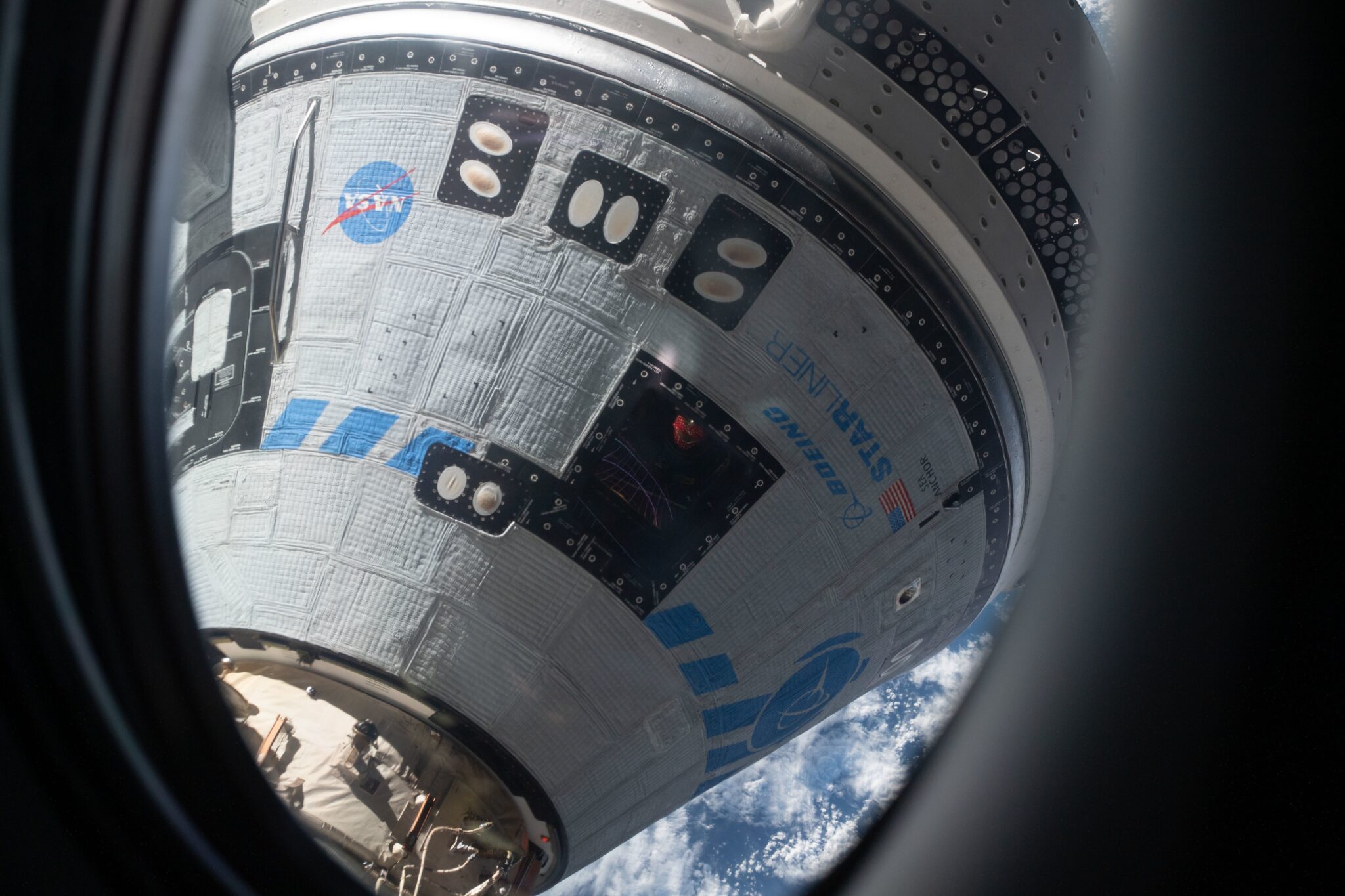As part of the Commercial Crew program in 2014, NASA selected SpaceX and Boeing to develop spacecraft to take astronauts to the ISS. SpaceX’s Crew Dragon has become popular, flying regularly from 2020, while Boeing has had trouble developing its Starliner. In June, Starliner’s manned test flight was aborted due to technical problems, causing NASA to decide to return the spacecraft to Earth without a crew.

Astronauts Butch Wilmore and Sunita Williams are literally “stuck” on the ISS until February 2025 waiting for the SpaceX’s Crew Dragon to bring them home. This situation might have looked different if NASA hadn’t made the decision in 2014, giving almost all of its budget to the Boeing program. As Eric Berger notes in his book REENTRY: SpaceX, Elon Musk and the Reusable Rockets that Launched a Second Space Age, NASA was close to giving Boeing the entire budget.
At that point, SpaceX and Sierra Nevada also competed for the NASA contract. But the process quickly reduced to two players: Boeing and SpaceX. Boeing’s offer was 4.2 billion dollars, and SpaceX – 2.6 billion. However, NASA decided to allocate funds to both companies, although the preference was given to Boeing.
The majority of the Advisory Board chose Boeing as the more reliable partner, as SpaceX had only two years of experience with cargo missions to the ISS. But at the last moment, the contract was rewritten: SpaceX got the role of “follower” and Boeing got the role of “leader” with the lion’s share of the funding.
The decision was a key one, especially against the background of the conflict between the U.S. and Russia, which forced NASA to limit its dependence on Russian Soyuz. Boeing’s persistent problems with the Starliner confirm it: Without SpaceX, NASA would be in a difficult position that could jeopardize ISS operations, remain dependent on Russian spacecraft in the future, and generally reduce the U.S. presence in Earth’s orbit.
Earlier we reported on how Boeing unexpectedly lurked after the Starliner returned to Earth.
According to gizmodo.com


